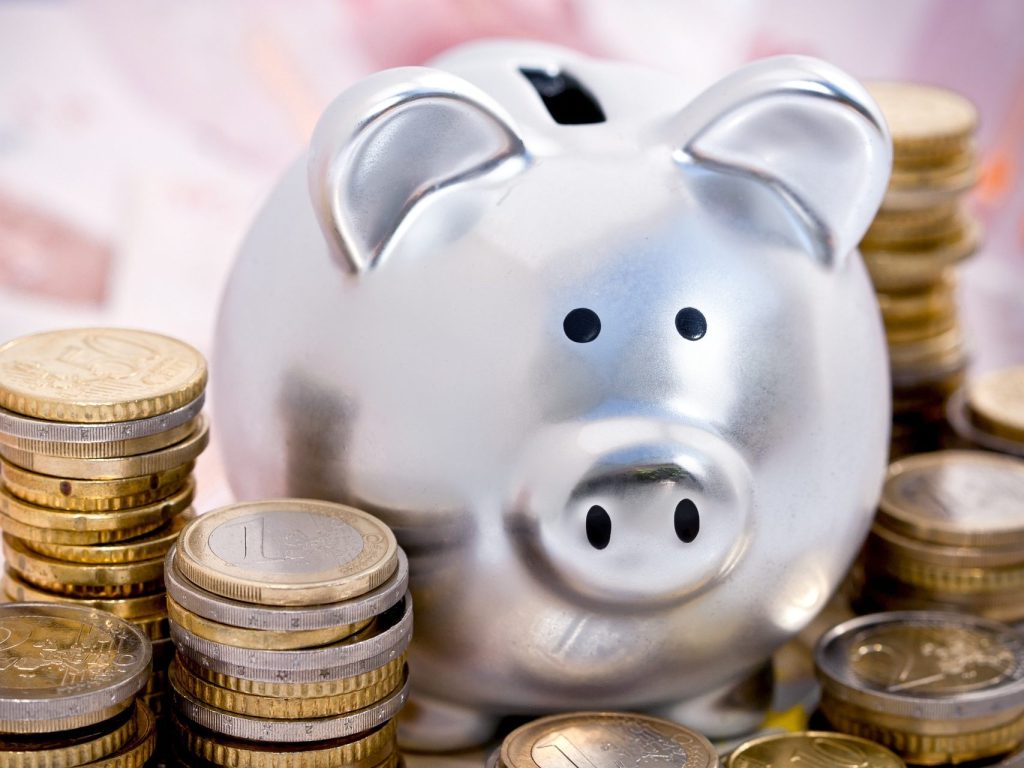
Higher interest rates again attract more savers.
© pixabay.com (theme)
Higher bank interest rates have a positive effect on the savings behavior of Austrians. On average, 309 euros are allocated per month.
The number of people willing to save increased from 6 to 16 percent between September and November. That means every sixth person is currently saving more money than before, according to a survey of 1,200 Austrians by tariff comparison portal durchblicker at the end of November.
Austrians save about 309 euros per month
Savers set aside an average of 309 euros per month, the portal announced in a broadcast. The first reason is to have something on hand in case of an emergency. For 79%, the nest egg is the most important argument for putting something aside. 34% save on vacation. But the retirement plan is also an argument for 28 percent to save money. Home or apartment renovations (26 percent) and minor purchases were also cited as reasons for putting some money aside.
According to durchblicker’s comparative values, savers get up to 1.25 percent for overnight money – new customers up to 2 percent. With commitments of up to 5 years, savers can get up to 3.45 percent.
Savers have to compare terms
Bausparkassen currently pays up to 1.90 percent fixed interest, variable up to 4.25 percent. In addition, you can still get the full 2022 state premium for a December home provision contract.
“Interest on savings is currently rising, but it cannot compensate for the loss of purchasing power. As long as inflation remains well above interest rates, savings will lose value every month. However, the loss in value is now somewhat less dramatic for attractive banks than for private banks. On the other hand, you can compare the exact conditions if you put the money aside now. However, there probably won’t be a positive real interest rate for a long time, even with attractive banks,” explains Martin Spona, Head of Consumer Finance at durchblicker.
Higher interest rates mean more savers
And according to the comparison portal, the conditions for obtaining mortgages have also been increased. For variable rate loans, you pay 2.00 percent interest instead of 0.25 percent a year ago. A year ago, a fixed-interest loan paid interest from 0.75 to 1.125 percent, depending on the term. Most recently, according to durchblicker, it was 3.50 percent in December 2022. However, the situation here has softened a bit recently. Fixed rates for new contracts have fallen by as much as 0.375 percentage points since mid-October.
However, anyone wishing to invest in stocks, funds or index funds is well advised to consult an independent financial advisor, Spona explained according to the broadcast.

“Total coffee aficionado. Travel buff. Music ninja. Bacon nerd. Beeraholic.”








More Stories
Wealthy families take more risks when it comes to money.
Salesforce and NVIDIA Form Strategic Collaboration to Drive AI Customer Innovation
Changing banks causes problems for customers